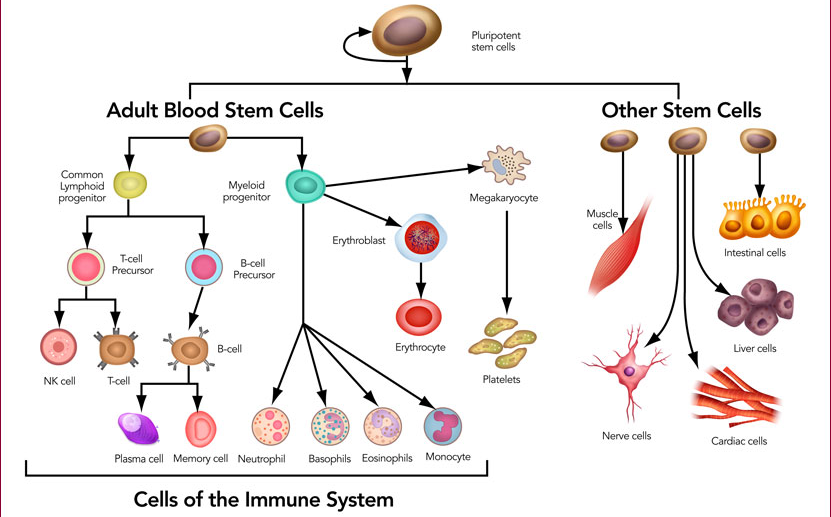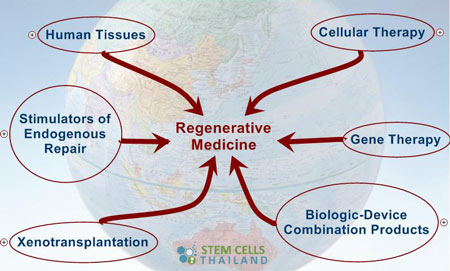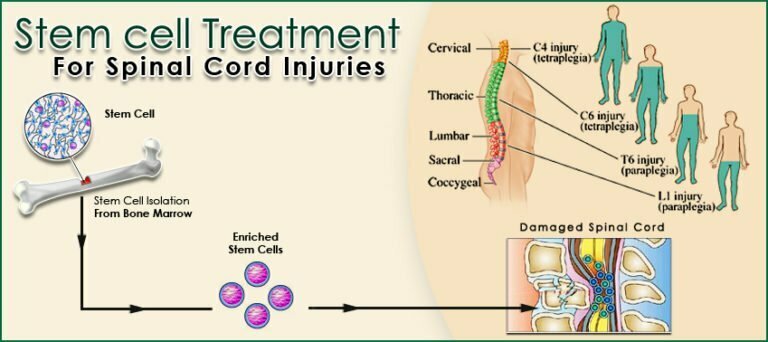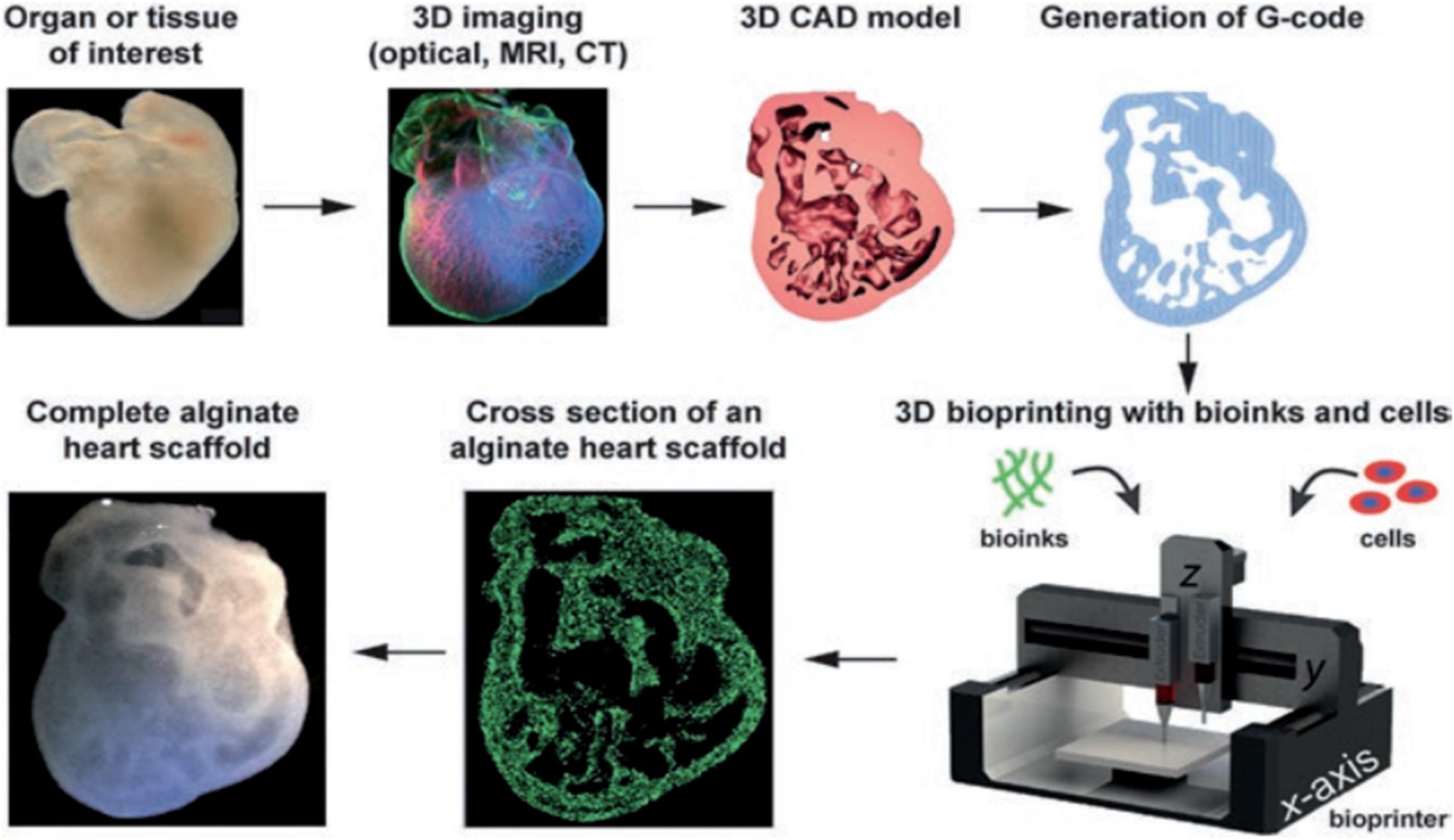Exploring the Potential of Stem Cell Research: Therapies and Technologies
Introduction
In the realm of modern medicine, stem cell research has emerged as a groundbreaking field with the potential to revolutionize the treatment of various diseases and medical conditions. This 1000-word blog post will provide an in-depth exploration of the latest advancements in stem cell research therapies and technologies, emphasizing the use of transition words and consecutive sentences to ensure easy readability.
Understanding Stem Cells
What Are Stem Cells?

Before delving into the latest therapies and technologies, it’s crucial to understand the basics of stem cells. Stem cells are unique due to their remarkable ability to transform into different cell types within the body. These versatile cells function as the body’s natural repair system, making them invaluable in treating various ailments.
Types of Stem Cells

Stem cells come in various types, each with its unique properties and applications. Notable types include embryonic stem cells, adult stem cells, and induced pluripotent stem cells (iPSCs). Each type has distinct characteristics and potential applications in the field of regenerative medicine.
Advances in Stem Cell Therapies

Regenerative Medicine

One of the most promising aspects of stem cell research is its role in regenerative medicine. Stem cells offer the potential to repair damaged tissues and organs, providing hope for patients with conditions previously considered irreversible.
iPSCs: A Game-Changer

Induced pluripotent stem cells (iPSCs) have taken center stage in recent years. These cells, derived from adult tissues, undergo reprogramming to become pluripotent. This transformation means that iPSCs can develop into any cell type in the body, offering unparalleled possibilities for personalized medicine and patient-specific treatments.
Spinal Cord Injury Treatment

A noteworthy breakthrough in stem cell therapy is the treatment of spinal cord injuries. In the past, such injuries often resulted in permanent paralysis. However, stem cell therapies, including neural stem cell transplantation, have shown promising results in restoring function and mobility to affected individuals.
Innovative Stem Cell Technologies
CRISPR-Cas9 Editing

The revolutionary CRISPR-Cas9 gene editing technology has found a valuable application in stem cell research. Scientists can precisely modify stem cells to correct genetic mutations, paving the way for more effective treatments of genetic disorders.
read more about Gene Editing and CRISPR: A Breakthrough in Genetic Medicine
3D Bioprinting

Advancements in 3D bioprinting technology have enabled the creation of intricate structures using stem cells. This innovation holds tremendous potential for producing functional organs for transplantation, addressing the organ shortage crisis.
Organoid Cultivation

Stem cell-derived organoids are miniature versions of human organs grown in vitro. These tiny structures provide researchers with a unique platform for studying diseases and testing potential treatments without the need for human subjects.
The Path Ahead
Ethical Considerations
While the potential of stem cell research is awe-inspiring, it also raises ethical questions. Debates surrounding the use of embryonic stem cells and the implications of genetic editing continue to shape the future of this field.
Regulatory Frameworks
The rapid progress in stem cell research necessitates robust regulatory frameworks to ensure safety and efficacy. Governments and international organizations play a crucial role in establishing guidelines and monitoring research.
Conclusion
In conclusion, stem cell research therapies and technologies have the potential to reshape modern medicine. From regenerating damaged tissues to unraveling the mysteries of genetic disorders, the possibilities are vast. However, ethical considerations and regulatory oversight must guide this exciting journey toward improving healthcare.
FAQs
- What are stem cells, and why are they essential in medicine?
- Stem cells possess the unique ability to transform into different cell types, making them vital for repairing damaged tissues and treating diseases.
- How do induced pluripotent stem cells (iPSCs) differ from other stem cell types?
- iPSCs are derived from adult cells and can be reprogrammed to become pluripotent, meaning they can develop into any cell type in the body.
- What breakthroughs have occurred in the treatment of spinal cord injuries using stem cell therapies?
- Stem cell therapies, such as neural stem cell transplantation, have shown promising results in restoring function and mobility in individuals with spinal cord injuries.
- What is the significance of CRISPR-Cas9 editing in stem cell research?
- CRISPR-Cas9 allows precise modification of stem cells, enabling the correction of genetic mutations and more effective treatment of genetic disorders.
- How can 3D bioprinting contribute to the field of stem cell research?
- 3D bioprinting technology can create functional organs for transplantation, addressing the organ shortage crisis and saving lives.







 Viesearch - The Human-curated Search Engine
Viesearch - The Human-curated Search Engine

2 Comments